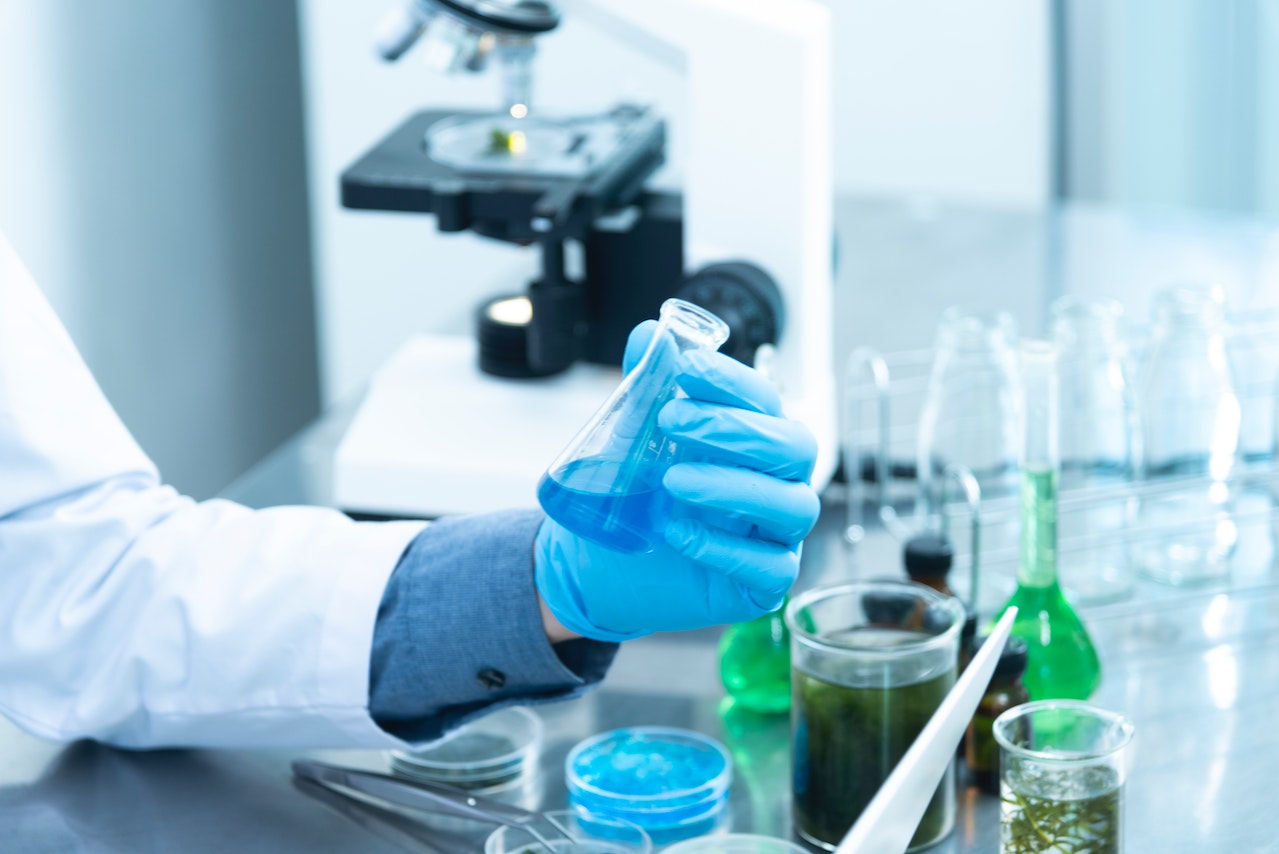Automated pipetting refers to the use of automated devices, such as pipetting robots, to perform pipetting tasks instead of manual pipetting. These devices can accurately and precisely dispense liquid volumes, improving the efficiency, reproducibility, and consistency of laboratory workflows.
Automated pipetting devices come in different types and sizes, from small benchtop pipetting robots to large liquid handling workstations. They can be programmed to perform various pipetting tasks, such as sample preparation, reagent addition, serial dilutions, and plate replication.
Automated pipetting devices can also integrate with other laboratory instruments, such as plate readers and liquid handlers, to automate the entire workflow from sample preparation to data analysis. Robotics such as Flowbot One is an excellent example of an automated pipetting device that can do this.
Benefits of automated pipetting
- Increased efficiency: Automated pipetting devices can perform pipetting tasks much faster than manual pipetting, reducing the time required for sample preparation and allowing researchers to focus on other aspects of their work.
- Improved accuracy and precision: Automated pipetting devices can dispense precise and accurate volumes of liquid, reducing the risk of human error and improving the reproducibility of results.
- Reduced variability: Automated pipetting can help to reduce variability between samples by ensuring that each sample is treated the same way, reducing the risk of experimental bias.
- Increased throughput: Automated pipetting devices can handle multiple samples simultaneously, increasing the throughput of laboratory workflows and enabling researchers to process more samples in less time.
- Data tracking and documentation: Automated pipetting devices can integrate with laboratory information management systems (LIMS) to provide automatic tracking and documentation of pipetting steps, ensuring compliance with regulatory requirements and facilitating data management.
Conclusion
Overall, automated pipetting has become a crucial tool in modern laboratories, enabling scientists to handle large volumes of samples with high precision and accuracy.
